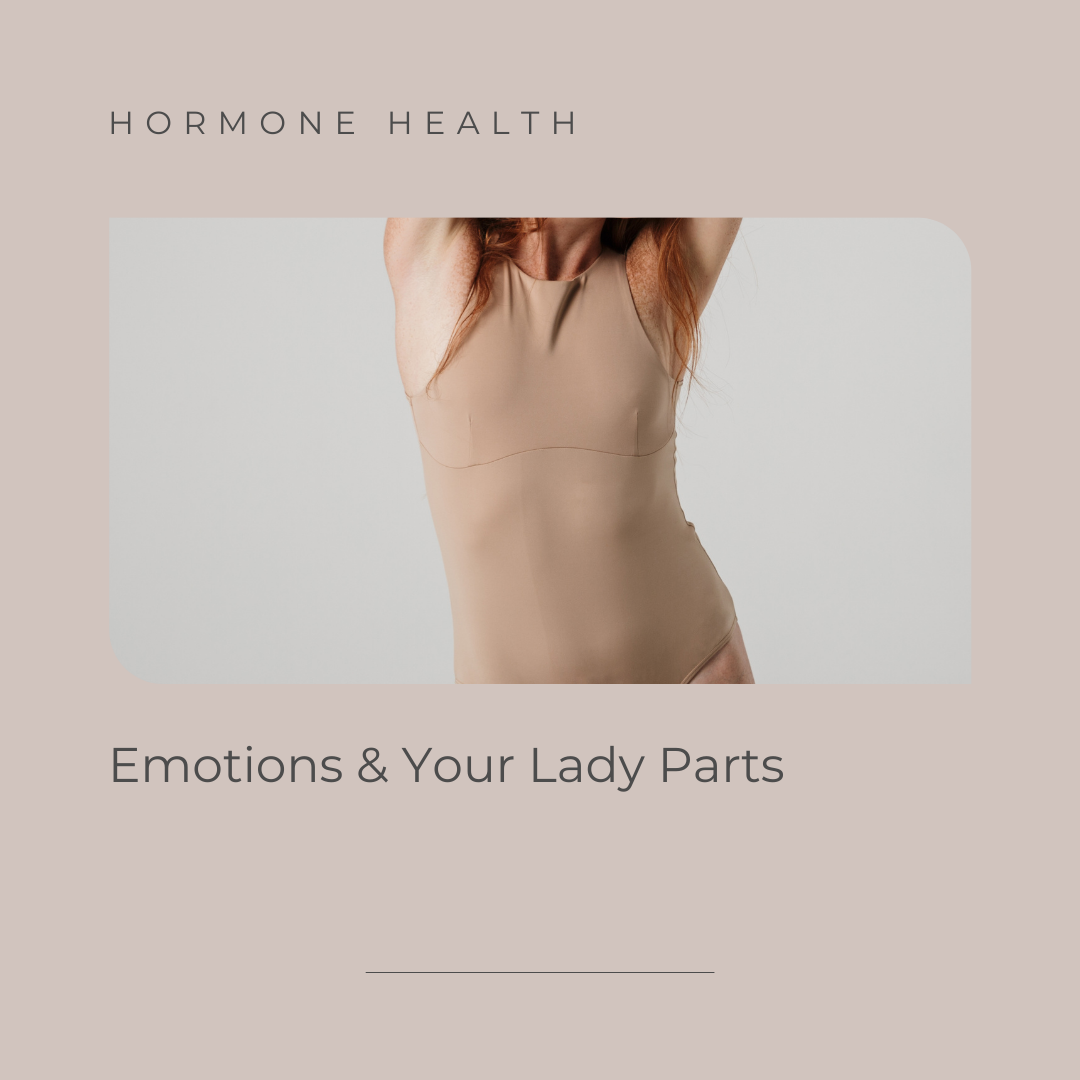Do you purchase the most pleasant smelling or perhaps the most well branded personal care products you can find?
Or maybe you have made some attempts to purchase products that are deemed “safe” and “natural”?
But have you taken at peek at the ingredients in those products of yours?
For years, I used the same brands of products purely out of routine and habit. They were well branded and they smelt pretty nice too.
With just a bit of reading into the kinds of chemicals found in these products, this was enough for me to seriously think about more natural, chemical-free alternatives.
Personal care products with toxic chemicals burden our body and put us at an unnecessary risk of allergic reactions, inflammation, and hormonal imbalance.
Unfortunately, products on the market today don't always provide what they promise so don't be fooled when you see the words "natural ingredients" or "all natural". Marketing companies know the kinds of words we want to see.
Some of us get overwhelmed or even bothered by the talk of making changes to our personal care products, especially when it comes to a health-conscious change that doesn't really seem urgent.
Did you know the average US woman today uses 12 products and/or cosmetics each day with 168 different chemicals (EWG)?
That's a whole lot of chemicals that are potentially health-sabotaging, from your personal care products alone.
You have probably heard of parabens and phthalates and their harmful effects to our health. But there are so many more common toxic ingredients that don't get nearly as much attention.
Take a read through these 10 chemical ingredients found in all kinds of personal care products.
Most of them are often applied to the most porous and absorbable part of our body, the skin!
Formaldehyde and formaldehyde-releasing preservatives (FRPs)
FRPs are found in shampoos and liquid baby soaps. They are considered a known human carcinogen by many expert and government bodies, including the United States National Toxicology Program. Health concerns include skin irritation and more serous risks of cancer. Look for DMDM hydantoin, diazolidinyl urea, imidazolidinyl urea, methenamine and quarternium-15.
1,4-dioxane
1,4-Dioxane is found in products that create suds (such as shampoo, liquid soap, bubble bath), hair relaxers etc. It is not found on the label as 1,4-dioxane because it is a contaminant created when ingredients react to form the compound. Look for Sodium laureth sulfate, and PEG compounds in the list of ingredients. Health concerns are linked to organ toxicity.
Fragrance or Parfume
Fragrance is found in many types of products however very few specify what ingredients make up “fragrance.” Some ingredients listed under fragrance have been linked to reproductive and developmental toxicity, allergies, sensitivities and some are harmful to fish and other wildlife..
BHA and BHT
BHA and BHT are preservatives in a variety of personal care products and foods. These chemicals are linked to several health concerns including endocrine disruption and organ-system toxicity.
Isopropyl acetone, methyl ethyl ketone, and n-methyl-pyrrolidone
These are the solvents used in nail polish removers. Health concerns include reproductive harm and organ toxicity. They are a major concern for nail salon workers and pregnant women.
Coal tar
Coal tar is used in food, textiles, cosmetics and personal care products. Studies have found that application of and exposure to coal tar produce skin tumours and neurological damage. Carbon black is a dark black pigment in cosmetics such as eyeliner, mascara and lipstick and It is produced by incomplete combustion of carbon-based products such as coal tar. Look out for both coal tar and carbon black in your cosmetics.
Triclosan & triclocarban
Triclosan is commonly found in antibacterial soaps, detergents, toothpaste, tooth whitening products, antiperspirants/deodorants, shaving products, creams, colour cosmetics. Health concerns include bioaccumulation, and the emergence of resistant bacteria.
Heavy metals
Heave metals like lead, arsenic, mercury, aluminum, zinc, chromium and iron are found in lipstick, whitening toothpaste, eyeliner and nail polish. Some are added as ingredients, while others are contaminants. Health concerns include reproductive, immune, and nervous system toxicity.
Toluene
Toluene is a toxic chemical used in in nail products and hair dyes. Exposure can result in headaches, dizziness, cracked skin, as well as more serious reproductive damage and respiratory complications.
Benzophenone
Benzophenone is found in lip balm and nail polish that protect the products from UV light. Derivatives of benzophenone, are also common ingredients in sunscreen. It is a persistent, bioaccumulative and toxic chemical. Health concerns are cancer, endocrine disruption, and organ system toxicity.
Check out the Campaign for Safe Cosmetics to learn more about the products you are using and to help you make an informed decision about what goes on your skin.
Much love and lady flow care,
Elaine Clark, nutritionist, trauma informed educator, women's health pioneer, and founder of LADYFLOW. Elaine works with health conscious women to feel at home in their body and awaken to their creative potential. She offers a variety of tools to support women with her classes, trainings, retreats, and wellness products.
References
http://www.safecosmetics.org/
http://www.davidsuzuki.org/













